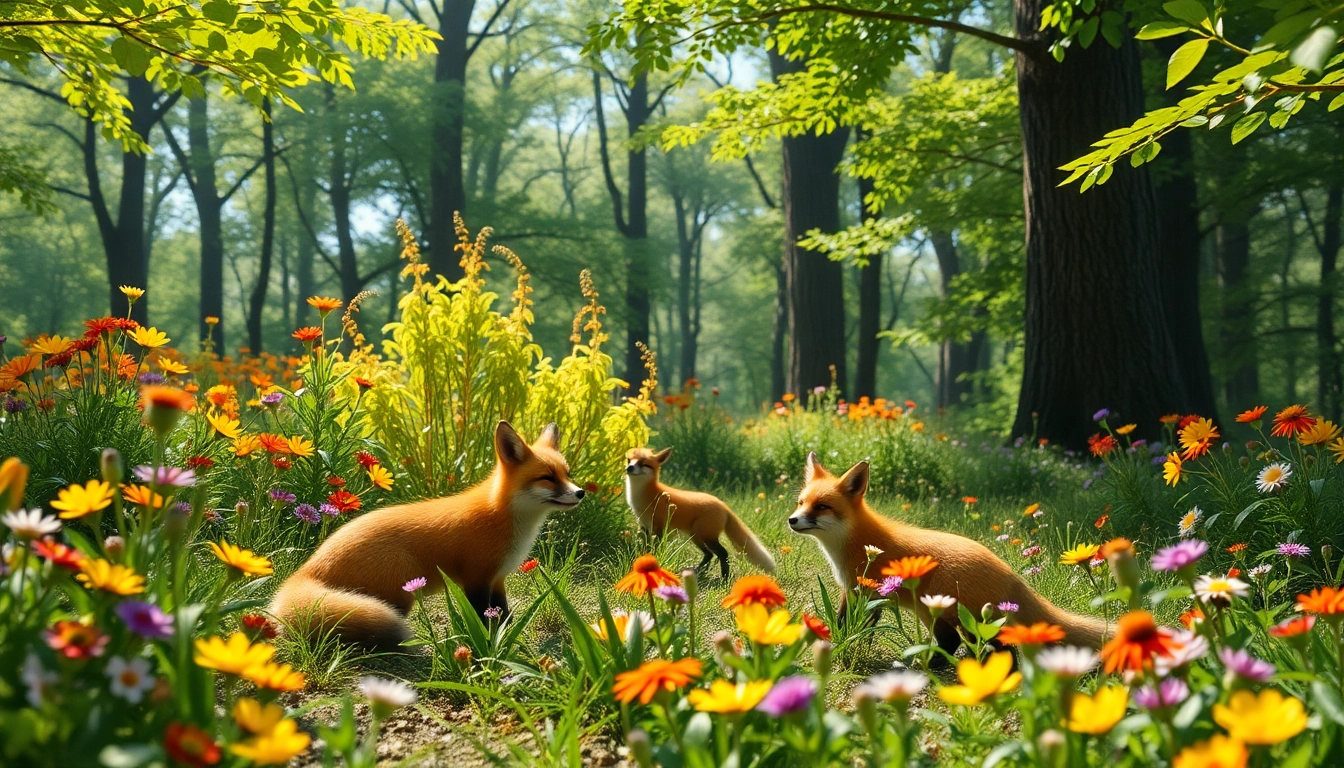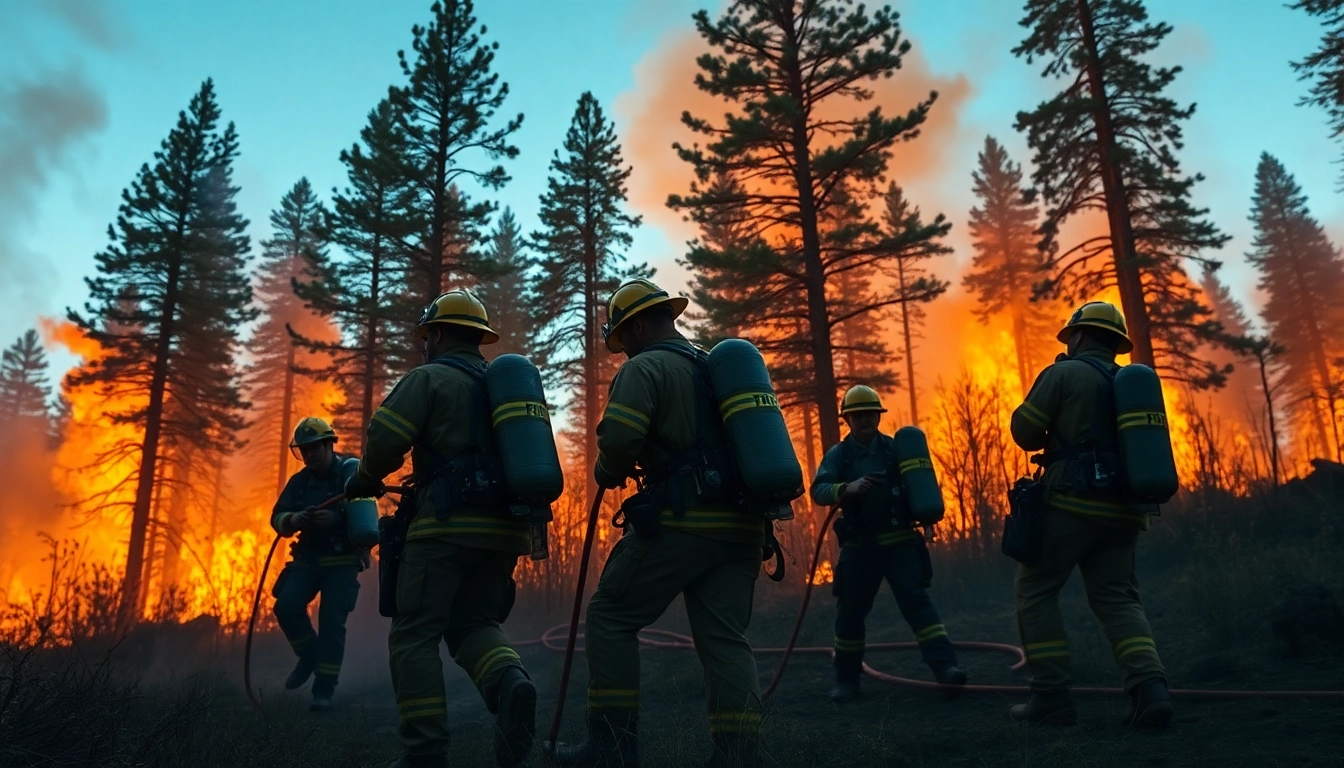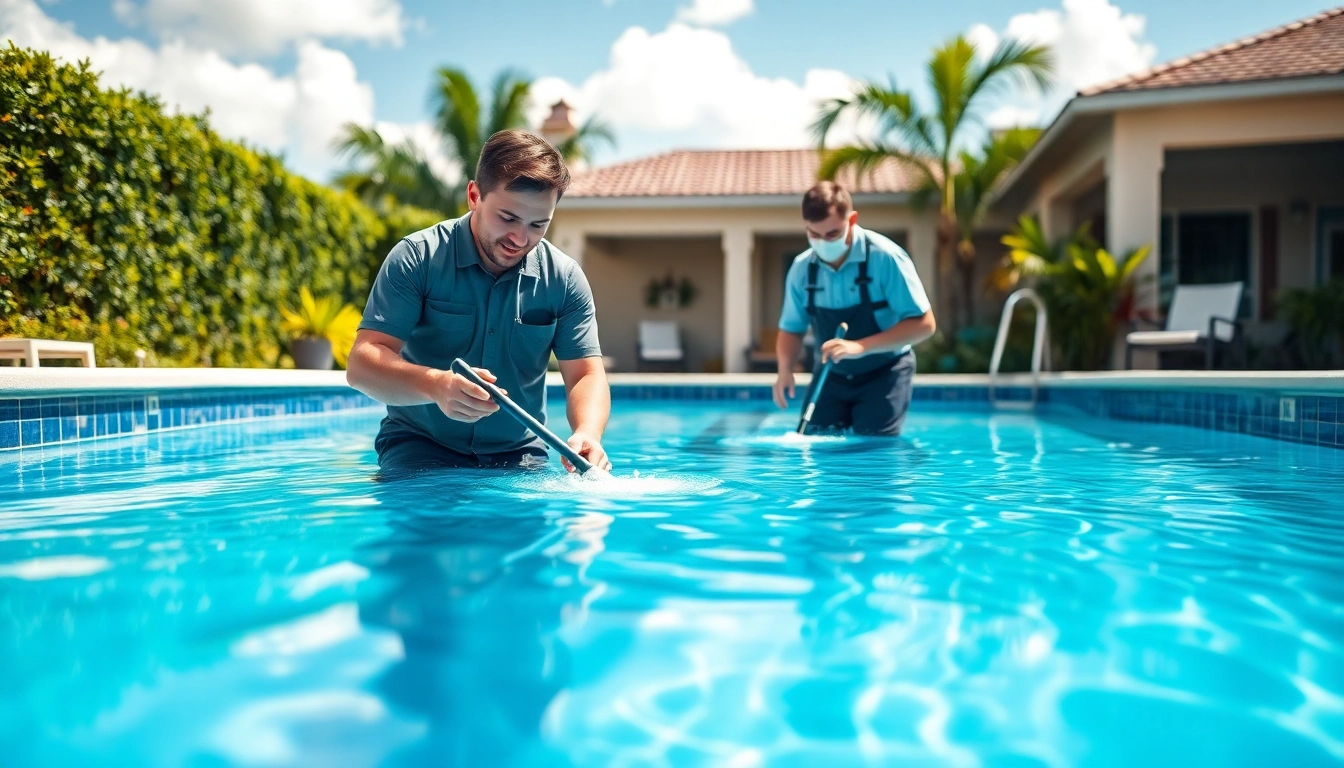Understanding the Wild: An Introduction to Nature’s Wonders
The natural world is a treasure trove of extraordinary sights, sounds, and experiences, offering insights into ecosystems that thrive alongside us. At www.sudswild.com, we explore and celebrate the beauty of wildlife and the intricate balance of our environment. Understanding nature not only enriches our lives but also emphasizes the importance of preserving it for future generations.
The Importance of Biodiversity
Biodiversity refers to the variety of life on Earth—its different species, ecosystems, and genetic variations. High biodiversity is crucial because it enhances ecosystem services that support human life, like clean water, fertile soils, and pollination of crops, while also providing resilience against climate change and various environmental challenges.
1. Ecosystem Stability: A rich mix of species contributes to a resilient ecosystem. When biodiversity is high, ecosystems can respond better to changes, such as extreme weather or threats from invasive species.
2. Cultural Value: Diverse ecosystems play a key role in human cultures, influencing art, folklore, and food. Many communities have deep-seated ties to their local ecosystems.
3. Medicinal Resources: Biodiversity is a reservoir for traditional and modern medicine. Many pharmaceutical drugs are derived from compounds found in plants and animals, underscoring the importance of conservation.
Common Wildlife Species in Local Habitats
Observing local wildlife fosters a deeper connection to nature. Common species you might encounter include:
- Birds: Species like the American Robin or Blue Jay frequently populate gardens and parks, providing vibrant color and song.
- Mammals: Animals such as squirrels, raccoons, and deer thrive in both urban and rural environments.
- Reptiles and Amphibians: Frogs, turtles, and snakes often inhabit wetlands, forests, and gardens, playing essential roles in their ecosystems.
How to Respect Wildlife in its Natural Setting
Respecting wildlife involves understanding their behaviors and protecting their habitats. Here are several practices to adopt:
- Maintain a safe distance: Observe animals without disturbing them or their environment.
- Follow regulations: Abide by local wildlife viewing guidelines to minimize human impact.
- Leave no trace: Carry out any litter and minimize alterations to the landscape.
Engaging with Wildlife: Best Practices for Observation
Engaging with wildlife should be both educational and respectful. Observations can enhance your appreciation for nature and its inhabitants, provided they are done in a responsible manner.
Tools for Animal Watching
To make your wildlife observations more fulfilling, consider the following tools:
- Binoculars: A good pair allows you to see animals up close without disturbing their natural behaviors.
- Field Guides: Books or apps that help identify local species enrich the learning experience.
- Camera: Documenting your finds can enhance your connection with nature and inspire others.
When and Where to Find Wildlife
Wildlife is most active during specific times. Early morning and late afternoon are often the best for observing animals, as many species are less active during the hot midday sun.
Focus your efforts in various habitats such as:
- Wetlands: Ideal for birds, amphibians, and various wildlife.
- Forests: Home to mammals, insects, and plenty of flora.
- Urban Areas: Surprisingly rich in wildlife, with species like pigeons, squirrels, and raccoons.
Responsible Photography Guidelines
As you capture wildlife through a lens, being mindful of ethical practices is paramount. Consider these guidelines:
- Avoid using flash, as it can disturb nocturnal animals.
- Do not use bait to attract animals; this can lead to unnatural feeding patterns.
- Keep your distance; use a zoom lens rather than approaching too closely.
Conservation Efforts: Protecting Wildlife and Their Habitats
Conservation is essential to ensuring the survival of wildlife and their habitats. Understanding ongoing efforts can encourage greater participation and support.
Key Conservation Programs to Support
Many organizations focus on conserving habitats and protecting endangered species. Some notable programs include:
- WWF: Works globally to protect many species and their habitats.
- National Geographic Society: Funds fieldwork and education to support wildlife conservation.
- Local Land Trusts: These organizations work to preserve local ecosystems for future generations.
The Role of Local Communities in Conservation
Community involvement is crucial for conservation success. Local groups often mobilize to protect endangered habitats through:
- Organizing clean-up and restoration efforts.
- Participating in citizen science projects.
- Advocating for environmental policies at the local, state, and national levels.
How You Can Get Involved
Your participation in conservation can take many forms. Here are actionable steps you can take:
- Join local wildlife organizations to support conservation efforts.
- Volunteer for habitat restoration projects or educational programs.
- Educate others about the importance of wildlife protection.
Wildlife Education: Learning from Nature
Improving our understanding of wildlife is essential for its preservation. Education plays a key role in fostering awareness and advocacy.
Workshops and Courses on Wildlife Preservation
Participate in workshops offered by local nature centers or conservation organizations. These can provide hands-on experience in wildlife care, habitat restoration, and other vital conservation practices.
Recommended Resources for Learning
Numerous resources are available for those looking to deepen their knowledge. Key resources include:
- Books: Works by authors like Rachel Carson or David Attenborough.
- Online Courses: Platforms like Coursera or edX offer courses on ecology and conservation.
- Documentaries: Visual stories that inspire passion for wildlife and advocate for conservation.
Engaging Children in Wildlife Education
Fostering a connection with nature at a young age can lead to lifelong advocates for the environment. Techniques include:
- Outdoor Explorations: Organize nature walks where children can observe and ask questions.
- Interactive Activities: Engage kids with birdwatching or nature crafts.
- Storytelling: Use stories and parables to convey conservation messages.
Become an Advocate: Promoting Wildlife Awareness
Advocacy is crucial to raising awareness about wildlife conservation. You can take part in this vital movement by implementing various strategies.
Strategies for Raising Awareness
To effectively raise awareness about wildlife issues, consider these strategies:
- Utilize Social Media: Share information and personal experiences to engage and inform your followers.
- Organize Community Events: Host wildlife education events or workshops in your community.
- Write Articles or Create Vlogs: Using storytelling fosters a powerful connection with the audience, inspiring them to care more about wildlife.
Success Stories from Wildlife Advocates
There are numerous inspiring figures who have made significant impacts in wildlife conservation. Stories of individuals or organizations that led successful initiatives can energize and motivate others to get involved.
Connecting with Local Wildlife Organizations
Building connections with established organizations can amplify your efforts. Local nonprofits usually have programs, volunteer needs, and memberships that can help guide your advocacy path.











Leave a Reply